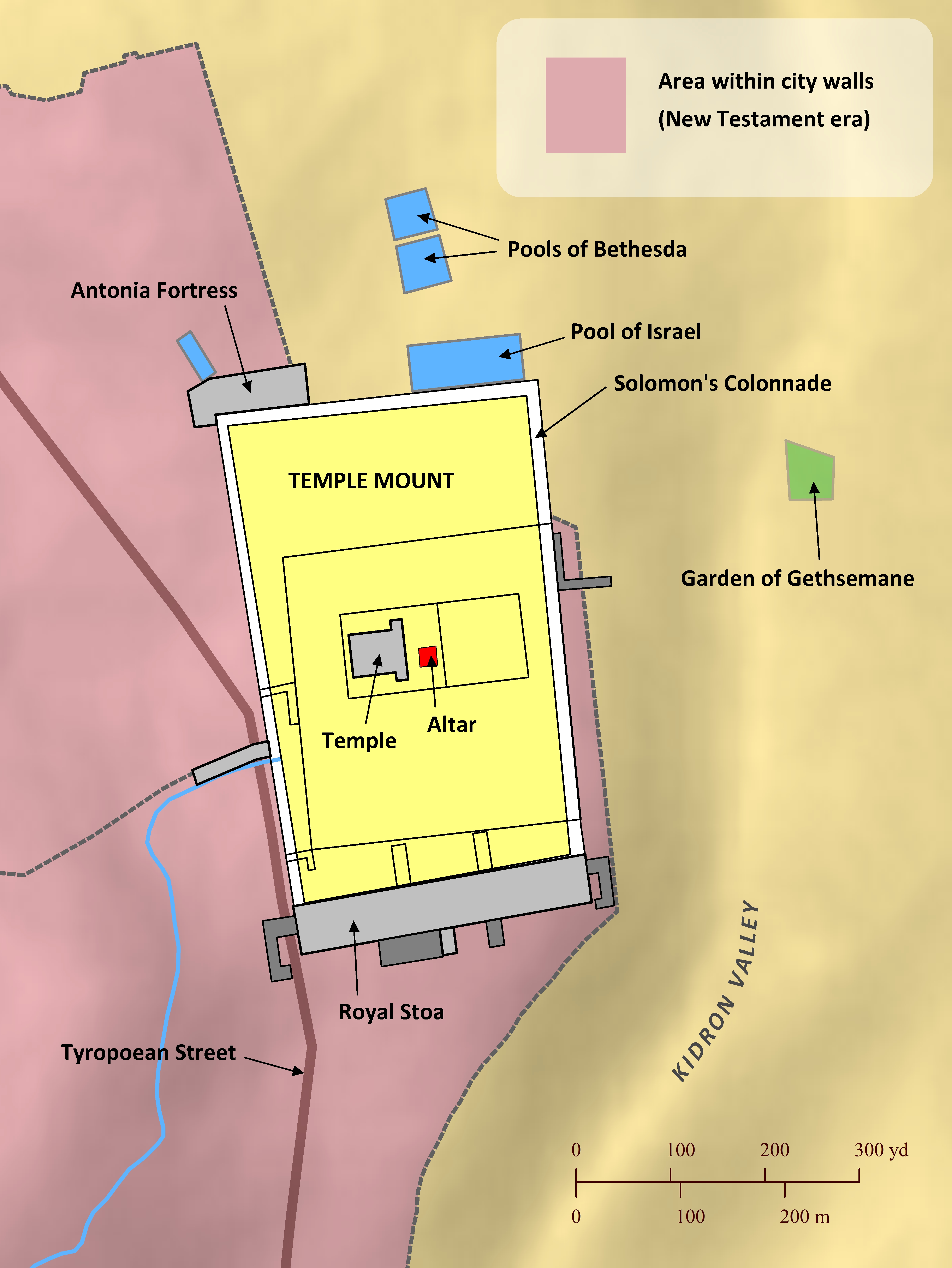Note: This view shows ‘verses’ which are not natural language units and hence sometimes only part of a sentence will be visible—click on any Bible version abbreviation down the left-hand side to see the verse in more of its context. Normally the OET discourages the reading of individual ‘verses’, but this view is only designed as a tool for doing comparisons of different translations—the older translations are further down the page (so you can read up from the bottom to trace the English translation history). The OET segments on this page are still very early looks into the unfinished texts of the Open English Translation of the Bible—please double-check these texts in advance before using in public.
OEB No OEB EZRA 2:58 verse available
WEBBE All the temple servants, and the children of Solomon’s servants, were three hundred and ninety-two.
WMBB (Same as above)
NET All the temple servants and the descendants of the servants of Solomon: 392.
LSV All the Nethinim, and the sons of the servants of Solomon [are] three hundred ninety-two.
FBV The total of the Temple servants and the descendants of Solomon's servants was 392.
T4T Altogether, there were 392 temple workers and descendants of Solomon’s servants who returned.
LEB All the temple servants and the descendants[fn] of Solomon’s servants were three hundred and ninety-two.
BBE All the Nethinim, and the children of Solomon's servants, were three hundred and ninety-two.
Moff The temple attendants and the sons of Solomon’s servants, all told, were three hundred and ninety-two.
JPS All the Nethinim, and the children of Solomon's servants, were three hundred ninety and two.
ASV All the Nethinim, and the children of Solomon’s servants, were three hundred ninety and two.
DRA All the Nathinites, and the children of the servants of Solomon, three hundred ninety-two.
YLT All the Nethinim, and the sons of the servants of Solomon [are] three hundred ninety and two.
Drby All the Nethinim and the children of Solomon's servants, three hundred and ninety-two.
RV All the Nethinim, and the children of Solomon’s servants, were three hundred ninety and two.
SLT All the Nethinims, the sons of Solomon’s servants, three hundred ninety and two.
Wbstr All the Nethinims, and the children of Solomon's servants, were three hundred ninety and two.
KJB-1769 All the Nethinims, and the children of Solomon’s servants, were three hundred ninety and two.
KJB-1611 All the Nethinims, and the children of Solomons seruants, were three hundred ninetie and two.
(Modernised spelling is same as from KJB-1769 above, apart from punctuation)
Bshps All the Nethinims, and the children of Solomons seruauntes, were altogether three hundred ninetie and two.
(All the Nethinims, and the children of Solomons servants, were altogether three hundred ninety and two.)
Gnva All the Nethinims, and the sonnes of Salomons seruants were three hundreth ninetie and two.
(All the Nethinims, and the sons of Solomons servants were three hundredth ninety and two. )
Cvdl All the Nethinims and the children off Salomons seruauntes were alltogether, thre hundreth and two and nyentye.
(All the Nethinims and the children off Solomons servants were altogether, three hundredth and two and nyentye.)
Wycl alle the Nathyneis, and the sones of the seruauntis of Salomon weren thre hundrid nynti and tweyne.
(all the Nathyneis, and the sons of the servants of Solomon were three hundred ninety and tweyne.)
Luth Aller Nethinim und Kinder der Knechte Salomos waren zusammen dreihundert und zweiundneunzig.
(All Nethinim and children the/of_the servant(s) Salomos were together three_hundred and twoundneunzig.)
ClVg omnes Nathinæi, et filii servorum Salomonis, trecenti nonaginta duo.[fn]
(everyone Nathinæi, and children of_servants Salomonis, trecenti ninety two. )
RP-GNT No RP-GNT EZRA book available
